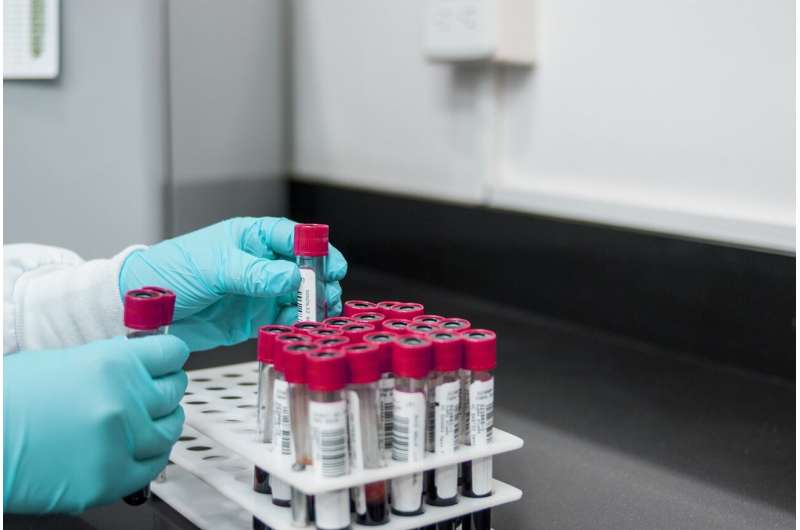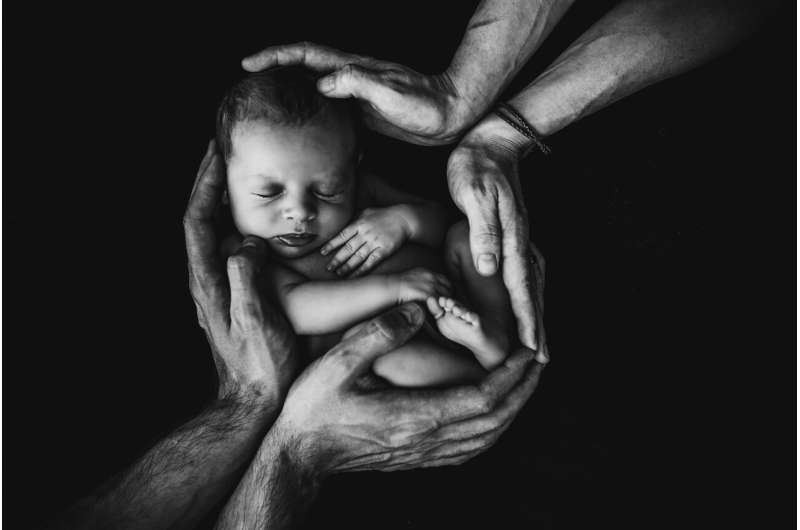'I Get to Love You with Two Hearts': A Mom's Journey Through a Complex Double-Organ Transplant

A mother’s remarkable journey from congenital heart disease to thriving after a complex double-organ transplant at the University of Chicago Medicine demonstrates hope and advanced medical possibilities.
Laura Valentine’s fight for survival began shortly after birth when she was diagnosed with a rare congenital heart defect, where her heart only had one ventricle instead of the typical two. This condition made it difficult for her to pump oxygen-rich blood throughout her body. To manage her condition, she underwent a Fontan procedure before she turned two, which rerouted her circulatory system and allowed her to lead a relatively normal life, including swimming, horseback riding, attending college, and becoming a mother.
In July 2023, Laura started experiencing symptoms like abdominal swelling and pain, which led to hospital admission. Doctors discovered she was suffering from silent atrial fibrillation, causing her heart to develop blood clots and leading to failures in her heart and liver. Recognizing the complexity of her case, she was referred to the University of Chicago Medicine where a dedicated team of specialists—including Dr. Valluvan Jeevanandam and Dr. Michael Earing—began preparing her for a life-saving double-organ transplant.
The medical team used advanced 3D imaging modeling to visualize her unique anatomy, which was complicated by her mirror-image organ placement due to situs inversus. This meticulous planning was crucial given the unorthodox anatomy, making her transplant procedure particularly challenging. Over 84 days in the hospital, Laura engaged in intensive prehabilitation — walking four miles daily and participating in physical therapy — to strengthen her body for surgery.
The surgical operation was a success. A team of experts, including pediatric cardiologist Dr. Stephen Pophal and transplant surgeon Dr. Rolf Barth, performed nearly 24 hours of complex surgery. They designed custom connections and positioned her new heart and liver carefully, culminating in her emerging from the operating room with fully functioning organs. She was discharged just 16 days later and has since made remarkable strides in her recovery.
Today, 35-year-old Laura Valentine is thriving. She is engaged, enrolled in a doctoral program, and has even participated in a charity stair climb in Chicago. Her story is a testament to the power of teamwork, advanced medical imaging, and relentless determination. She emphasizes the importance of prehabilitation and the support of her medical team, which she describes as more than just a team — a "metropolis" of specialists working together to save her life.
Her experience not only highlights the advances in transplant medicine but also offers hope to others with complex congenital conditions. Laura’s journey underscores that with medical innovation, perseverance, and a supportive team, patients can overcome seemingly insurmountable odds. She hopes her story inspires others to pursue organ donation and to understand that even in life's toughest moments, there is a chance for renewal and love, symbolized now as she loves with "two hearts."
Stay Updated with Mia's Feed
Get the latest health & wellness insights delivered straight to your inbox.
Related Articles
Innovative Blood Test Identifies Glycan Marker Associated with Schizophrenia
A new blood test developed by Nagoya University offers a sensitive method to measure polysialic acid, a glycan linked to schizophrenia, opening new possibilities for non-invasive diagnosis and understanding of neuropsychiatric disorders.
Advancements in Nanomedicine Paving the Way for Innovative Cancer Immunotherapies
Emerging nanotechnology strategies are transforming cancer immunotherapy by enhancing drug delivery, reprogramming the tumor environment, and restoring immune cell functions to fight solid tumors more effectively.
Wild Mushroom Season in Australia: Essential Safety Tips to Prevent Poisoning
Australia's wild mushroom season brings beautiful but potentially dangerous fungi. Learn essential safety tips to avoid poisoning and stay healthy during this time.
Impact of Birth Location on Survival and Hospital Stay for Very Preterm Infants
A recent study reveals that the birthplace of very preterm infants significantly influences their survival and duration of hospital stay, highlighting opportunities for healthcare quality improvements.



